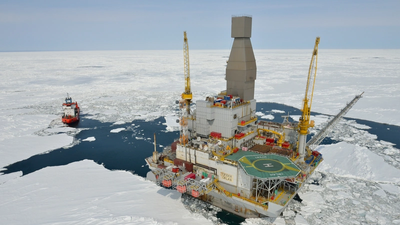O&G Output at Russia's Pacific Sakhalin Island Seen Down in 2019
Production of oil and natural gas at the Russian Pacific island of Sakhalin is expected to decline next year, the local government said in an emailed response to a Reuters query.
Sakhalin, which is also famous for producing seafood, derives most most of its oil and natural gas from two offshore projects - Sakhalin-1, led by ExxonMobil, and Sakhalin-2, led by Russia's Gazprom.
Sakhalin-1 shareholders also include Russia's Rosneft , Japan's Sodeco and India's ONGC. Apart from Gazprom, Sakhalin-2 shareholders include Royal Dutch Shell (RYDAF) , Mitsui and Mitsubishi (MBI.F).
The government of Sakhalin said that oil and gas condensate output this year is expected to reach 17.4 million tonnes, equating to 348,000 barrels per day (bpd), with production of natural gas at 32.2 billion cubic metres (bcm).
For 2019, oil and gas condensate production is seen declining by more than 11 percent to 15.4 million tonnes, with natural gas output dropping to 29.3 bcm.
It didn't provide a production breakdown for the two projects or the reasons for the production slowdown.
Exxon Neftegas Limited, the Sakhalin-1 operator, said it "continues to maintain production levels consistent with its operatorship obligations under the Sakhalin-1 production-sharing agreement".
Both projects are working under the production-sharing agreements struck in the 1990s.
Sakhalin Energy, the Sakhalin-2 operator, did not reply to a Reuters request for a comment.
Total Russian oil production is still seen rising to 553 million tonnes (11.105 million bpd) this year, up from about 547 million tonnes in 2017. It is expected to peak at 570 million tonnes in 2021.
The monitoring committee of the Organization of the Petroleum Exporting Countries (OPEC) and other large oil producers, led by Russia, will convene this weekend in Algeria to discuss their oil production deal.
OPEC and a group of non-OPEC countries agreed in June to return to 100 percent compliance with oil output cuts that began in January 2017.
Reporting by Olesya Astakhova Writing by Vladimir Soldatkin











